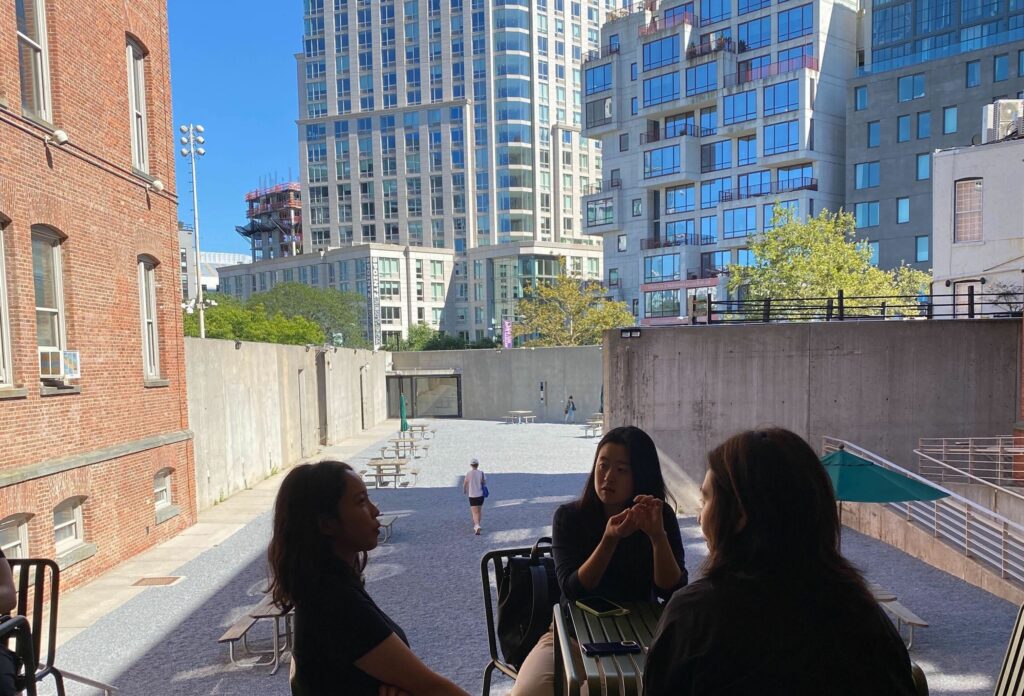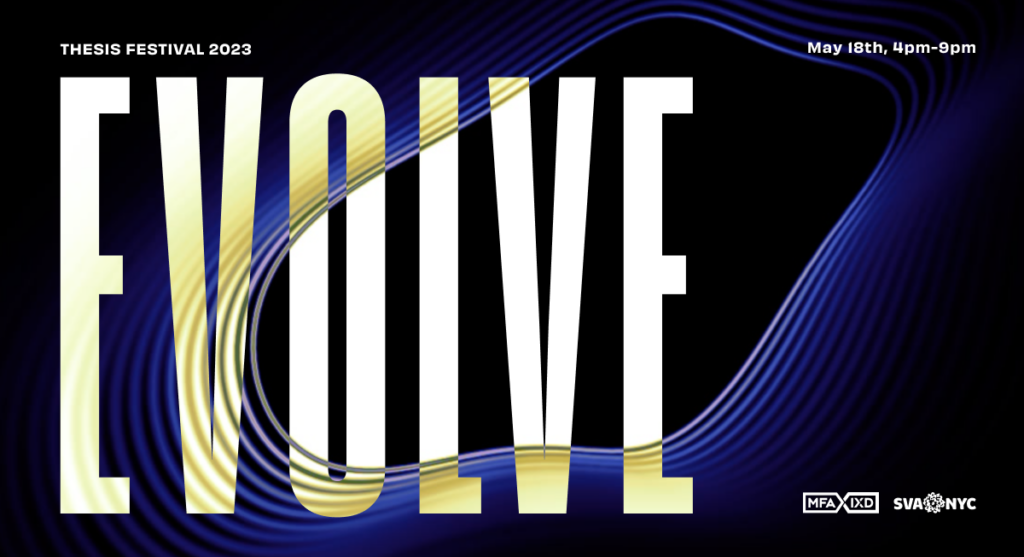First-year student Erin Moore wraps up day three at Interaction 11 by taking a close look at public installation projects from the Jason Bruges Studio.
We have just wrapped up the last round of lightning talks here in Boulder and are on the home stretch before the final keynote in just half an hour. It was a great day here at Interaction 11 and although my fingers are not going to be able to type all of the nuggets of wisdom, insight, and ideas that were shared today, you should rest assured that there were many.
I wanted to write about a talk I just heard by Jason Bruges who runs his studio in the UK. As a visual designer who struggled to grasp the ins and outs of Physical Computing last semester, I have to admit that Jason Bruges’ work is some of the most inspiring I have seen in quite a while. It is a delicate balance of art installation, public interface, information visualization, and architecture. In light of our current class called Design for Public Spaces with Jill Nussbaum, Jason’s work is particularly relevant and interesting.


People left colored light ‘shadows’ as part of Jason Bruges Studio’s Switched on London project.
Jason Bruges Studio strives to use performance, architecture and public space to animate cities and give people new ways to interact with their physical environments. One such project, called Switched On London uses a series of intelligent digital luminaries installed along the length of the London Bridge that would respond and react to triangulated data from the blue tooth devices of motorists, passengers, and pedestrians as they crossed the bridge. These signals were interpreted into colored lights that moved along the sidewalk at the same rate and speed as the signal itself. Although somewhat difficult to visualize without the project video, you can imagine people’s response as they realized they were in fact controlling the pools of colored light at their feet. As they designed and documented the project’s implementation, Jason and his team were considering the power that design and visualization can have in controlling people’s movement through public spaces.
In another project Jason and his team were charged with revitalizing the experience on a dilapidated Sunderland subway platform. They used glass cubes to create a low res pixel screen, 450ft in length, that uses the movement of the four different trains that enter the station to trigger shadows of people to be projected on the wall.
These shadows, which were previously recorded and not based on real-time movements represented 60 distinct characters, each with their own set of behaviors and responses. Jason showed the flowcharts and diagrams that his team used to map these interactions and the complex system that had to be put in place in order for the trains to trigger these behaviors in each of the 60 characters.
He presented about twelve other projects, all equally fascinating, but I was struck by the opportunities and limitations that design for these kinds of public spaces give us. How do we make our interactions with public spaces not only more informative, but also more interesting? Does interaction designer’s work in this area inspire and delight users of passerby to engage with a part of their environment that they would not have otherwise? And how can these installations, performances, pieces of architecture or installations create new conversations around design that haven’t been had before?
I am leaving Boulder with all of these questions in the front of my mind and and eager to explore and approach these interactions in new ways. Onwards.
–Erin Moore, Class of 2012


